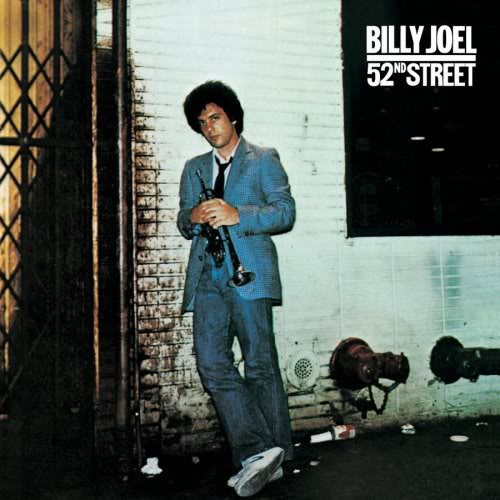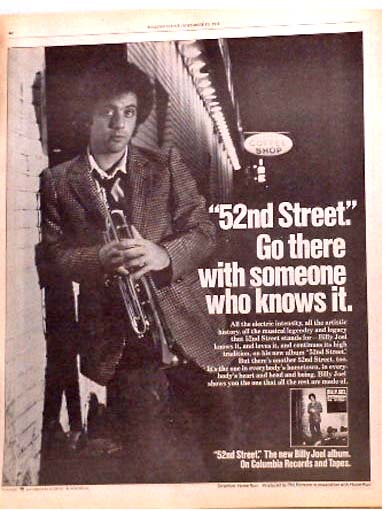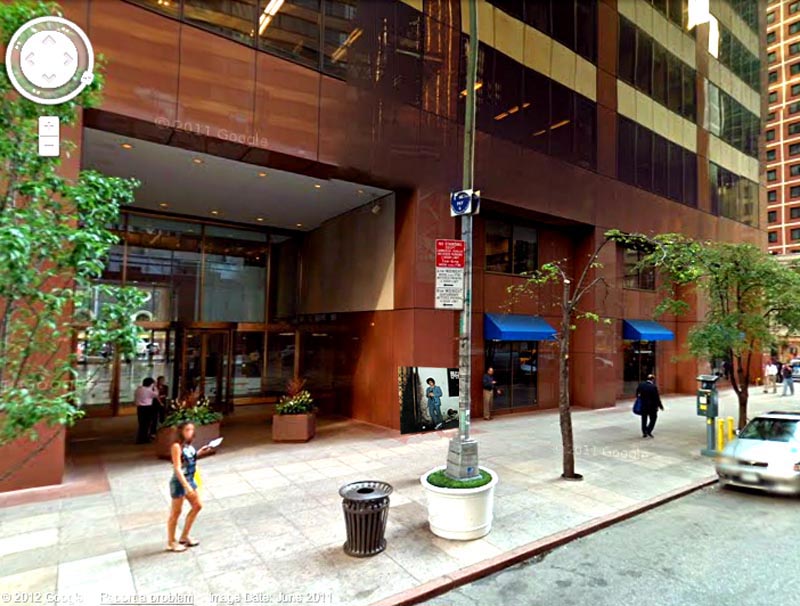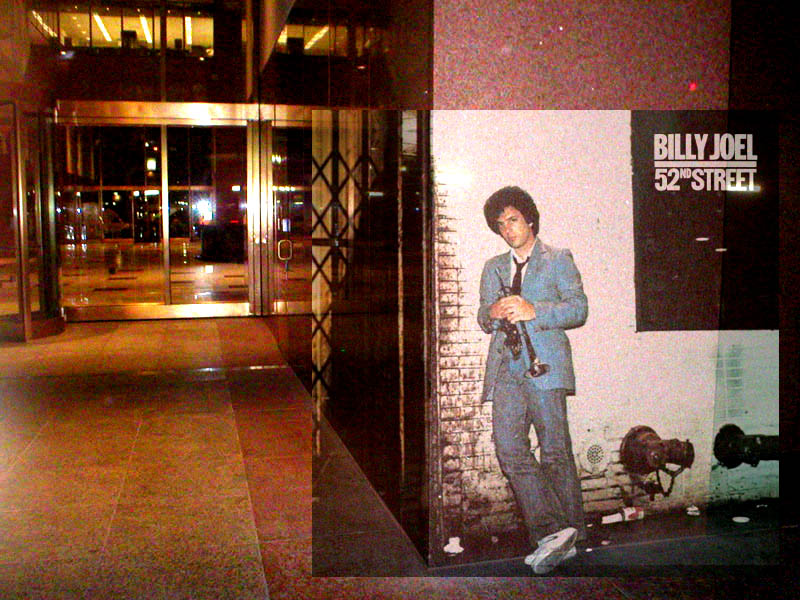
Music, like literature, is an art that connects people across the world and can also function as a time machine, providing insights into the worlds of all kinds of people throughout history. It can be analyzed from different perspectives and dissected into its respective cultural, historical and musical contexts as well as the personal experiences of the artist that influenced and shaped a specific album or genre. In order to obtain a better understanding of what the artists intended to convey through their carefully crafted lyrics or meticulous instrumentation, it is important to take into account the time, place and circumstances under which the album’s creation took place. With only nine tracks, all about different themes ranging from love songs to inspiring tunes, 52nd Street by Billy Joel seems to be one of the most famous and recognized albums and according to Village Voice, it represents the City of New York remarkably. Billy Joel might be widely known as a musical legend of the 70s and 80s, but there is always a different side to an artist than what is portrayed through their music.

By the time the album 52nd Street came out, Joel had already built a name for himself with his 1977 success of an album The Stranger including the Grammy Award winning track “Just the Way You Are.” This not only set the bar higher for his next production, but it also gave Joel a growing and expecting audience that he felt the need to impress with his latest creation. With this in mind, Joel set out to write the songs in 52nd Street, consciously implementing certain techniques (such as juxtaposing lively rock and roll tracks with jazzy and ballad tunes to “keep himself interested”) and with the main goal of creating something “different.” This goal then led to the jazz-like theme that Joel attempted to adopt in several tracks of the album, he wanted to create a “mix of jazz with his own personal style.” The album itself was named after the place in New York City where the greatest jazz legends were formed, where all the jazz clubs were located, and conveniently also where A&R Studios (the recording studio where the album was produced) was located. Fifty-second street was what gave the album as a whole the impression of being a “tribute to jazz” and as band member Richie Cannata states, “It was typical New York, where you had to walk through all of the garbage and the rats to get there, and go upstairs.”

(Here is a Google Earth Map of how the building looks now.)

In order to better comprehend the album as a whole it is helpful to look at the entire portrait of the musical, social and cultural aspects of both New York City and Long Island (where Joel grew up and currently lives) at the time of the album’s release.
During the 1970s, Long Island was facing one of its biggest urbanization and economic development waves, which is said to have started a chain reaction for many cities all over the United States. As seen in some stock footage from the 1970s, a reporter describes the situation as follows: “Long Island is coping with all of the problems which other suburban communities are just beginning to face up to now, because we had 20 years with it. Problems with planning, zoning, transportation, urban sprawl, schools and governmental overlapping.” The reporter also mentions how Long Island was terribly “decentralized” and proceeds to compare this lack of a main city to other places across the country, such as Los Angeles. This economic development and Long Island’s overall growth is said to have been sudden, “like an explosion” and might have been a result of factors such as nature, politics and the end of World War II.
New York City on the other hand, was facing an era of urban decay and was experiencing an economic collapse. The streets of Manhattan were known for the large population of pimps and prostitutes that frequented them, and a crime-filled subway system. The city was on the verge of bankruptcy and many people were unemployed, a consequence of the “white flight” that highly influenced the city’s tax base and economy. The severity of the situation can be portrayed by the pamphlet that was released in the mid 70’s by the Council for Public Safety, titled “Welcome to Fear City: A Survival Guide for Visitors to the City of New York,” with the purpose of warning tourists to stay away. Millions of copies of this exaggerated depiction of the city’s fiscal crisis were distributed to tourists as they arrived, by none other than members of New York’s police forces. The pamphlet was created and distributed as a result of the discharge of a substantial number of public safety personnel, whom infuriated sought some kind of retaliation. The guide provided nine specific steps or tips for tourists in order to “help them enjoy their visit to the City of New York in comfort and safety.” Some of the guidelines were written as advice “Be aware of fire hazards…” while others sounded more like orders that if not followed could lead to terrible consequences. “Do not walk, remain in Manhattan, avoid public transportation…”
However, even under these circumstances, the city still held an appeal that attracted foreigners from other places such as Long Island. New York City did not start its period of gentrification until early 1990s, but even though Times Square was nowhere near the attraction it is today, the city still held this sense of excitement that called to some. Glenn Kenny, writer for The Guardian, describes New York City during the 1970’s as a scary but exhilarating place to be in. “The place these books conjure is both very scary, and very exhilarating. Not a place where some kind of arty misfit or wannabe arty necessarily wanted to live, but rather a place where one such creature could live. And hence, a place where one such young creature had to live. Speaking strictly for myself, born in 1959, I got there a little late to the party. As someone who was watching from across the river in dreaded exile of New Jersey, I get the appeal of their somewhat misty-eyed memories.”
This appeal Glenn Kenny speaks about, might have also applied to Joel and it is possible that this is the reason behind 52nd Street’s romantic representation of New York City. The rock & roll and jazz-like tunes in the album previously described, effectively communicate the feeling of exhilaration and allure that many young artists, including Joel, probably experienced at the time.
During an interview Joel stated that, “Long Islanders have a little bit of an inferiority complex when it comes to New York City. We’re like the country bumpkins, the cousins from out of state. . . I used to go to the city and feel like a dumb tourist: ‘Look at all the tall buildings! Look at all the people squashed together!’ New York is really an impressive city. I’ve been all over the world. I’ve played all these cities, but New York is Gotham. It’s gargantuan. I think Long Island people feel the same when they go to the city. . . But we have things that are our own.” In this statement Joel expresses the feeling of wonder that can also be heard in the artist’s 1978 album, with songs like “My Life” and “Big Shot” referencing key places in the city that he frequented but also reflecting the freedom and independence New Yorkers are known for.
Suggested Readings:
http://www.theguardian.com/cities/2015/may/18/welcome-to-fear-city-the-inside-story-of-new-yorks-civil-war-40-years-on






